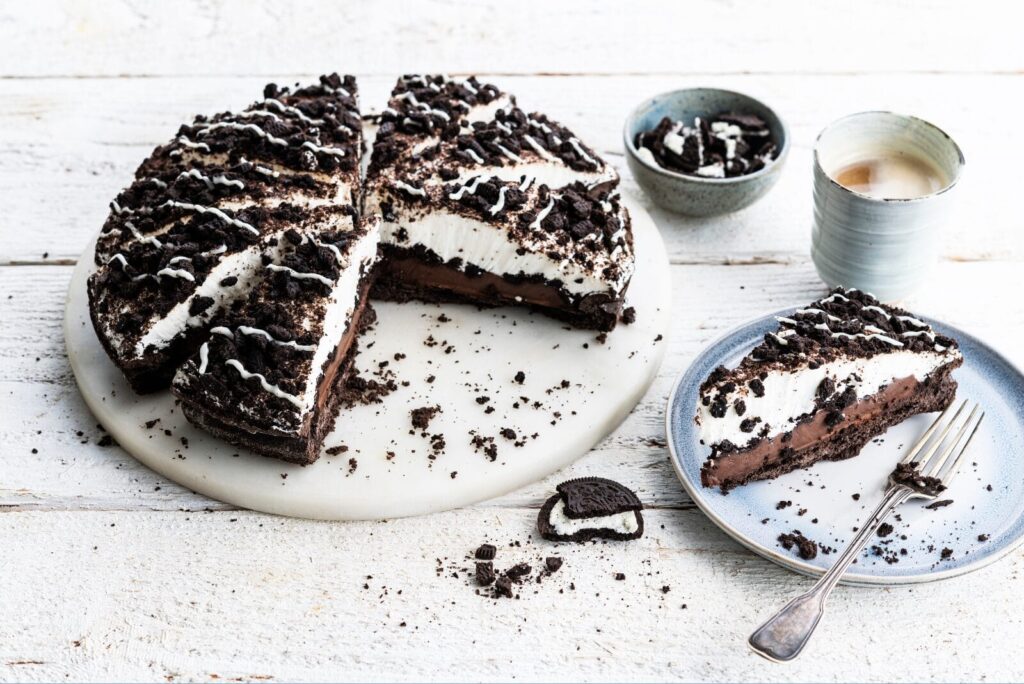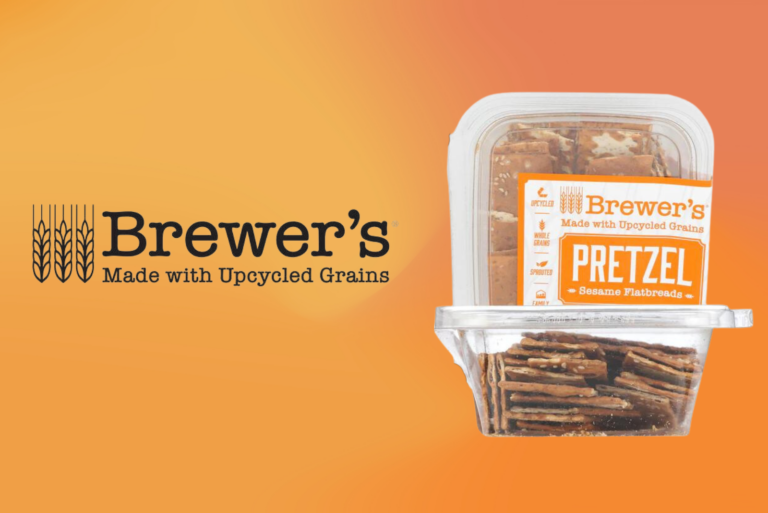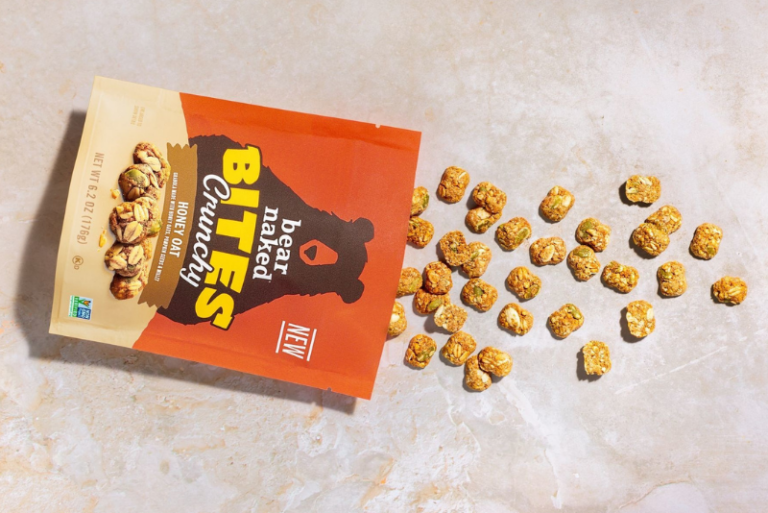KANSAS CITY, MO — Any expert knows taste is king. The density of a cake, the flakiness of a crust, and the crumb structure of a loaf of bread may not fall into the category of flavor, but all play a big factor in the overall eating experience of a baked good, and consumers are setting an increasingly high bar when it comes to what they expect from texture.
Betsy Kelly, consumer insights associate for the bakery channel at Minneapolis-based General Mills Foodservice, said that for consumers, texture is critical.
“First and foremost, a product must live up to its expected texture,” she said. “We expect a mousse to be smooth and not grainy. We expect a croissant to be flaky with a honeycomb interior and ever so slightly crisp exterior, not squishy as if someone accidentally hit the steam inject in the oven.”
Texture contributes to consumer perceptions of quality — freshness being chief among them — and is impacted by many factors, including ingredient quality, environmental factors and moisture content.
“The texture of a baked product is one of the key attributes of a consumer’s perception of freshness,” said Jesse Stinson, director of research, development and applications at Corbion. “As baked products age, they go through a process of starch retrogradation (staling), which leads to products with a firm, dry and stale texture. Enzyme technology has advanced over the years, enabling consumers to have a baked product that remains soft and fresh. In addition to the eating experience, the mouthfeel of a product is often a consumer’s first indicator of a product’s freshness.”
Kelly shared that it’s important for bakers to understand how product textures relate to time, whether it’s time in production, the product delivery timeframe, how long the product is in a pastry case, or the time it’s on a plate.










